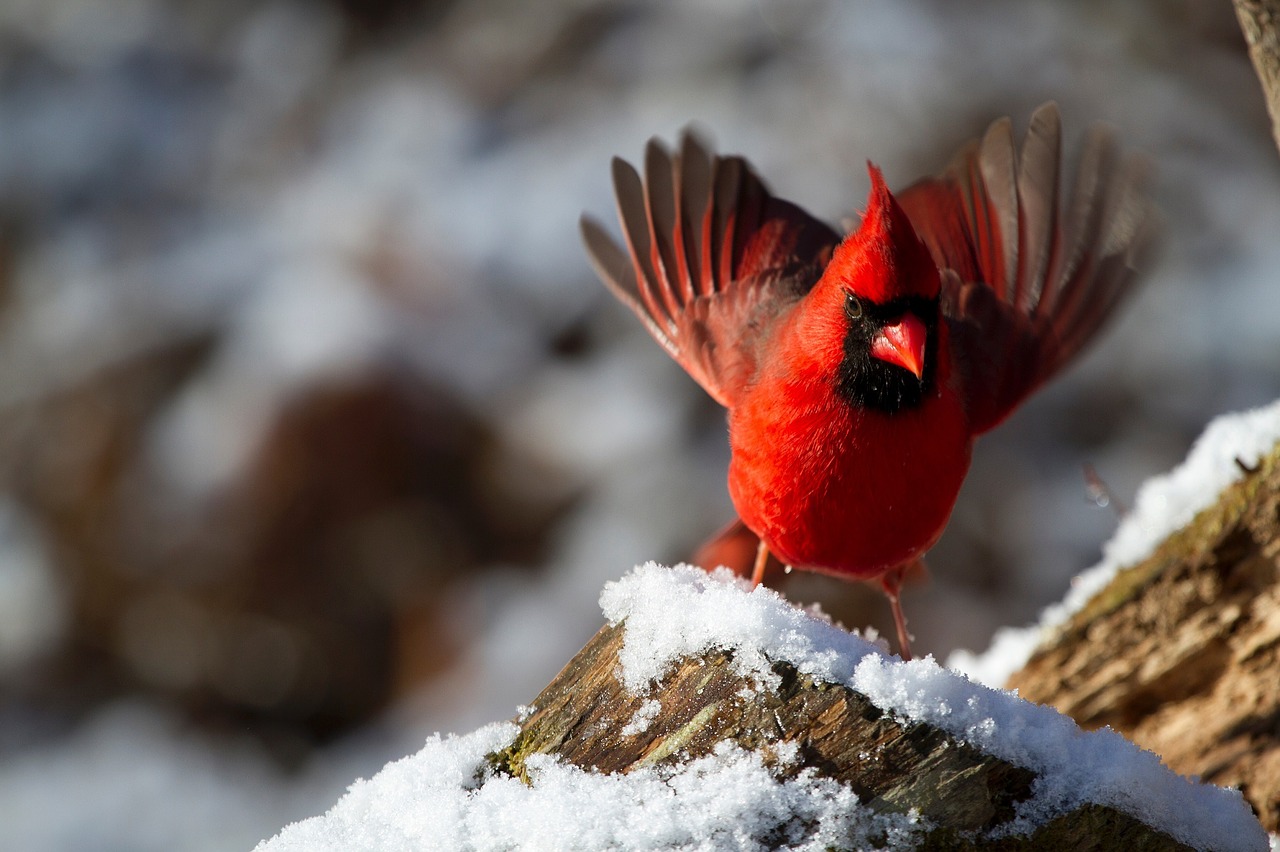 Snow, wind, and temperatures dropping to zero or below, I think we’ve had more winter in the last two weeks than we have had all of last year. I, for one, don’t mind such weather. If the tradeoff for snow is wind and cold, I’ll deal with it.
Snow, wind, and temperatures dropping to zero or below, I think we’ve had more winter in the last two weeks than we have had all of last year. I, for one, don’t mind such weather. If the tradeoff for snow is wind and cold, I’ll deal with it.
While many activities require enduring what many would describe as less than desirable weather, there is one cold-weather activity that can be generally enjoyed without spending too much time in the elements. Birding is an activity that can be done from the comfort of one’s home, provided you have a feeder.
This activity has become one that tens of millions enjoy and generates tens of billions of dollars in economic benefits.
So where to start?
First, you need a feeder. There are many places to get them. They come in many different shapes and sizes and are made of plastic, wood, or even metal.
For the beginner, let’s keep it simple and inexpensive. Once you’ve done it for a little while, you can start upgrading your operation.
Plastic tube feeders are easy to fill and hold a lot of seed.
After many years of feeding and losing some rather expensive, squirrel-proof models to black bears exiting their dens and looking for an easy meal in March and April, I have returned to the simple models. If I lose an inexpensive tube feeder to a bear, so be it. And, if at the end of the day, a few squirrels raid the feeder, it’s not really a big deal.
The other feeder style that works well is the house or hopper-style. Some are made of wood, or some type of synthetic ingredients. Birds such as chickadees and finches will readily use these types of feeders. Cardinals are a little more reluctant, but they tend to come to them toward dusk.
Some like to utilize ground or platform feeders for cardinals and juncos. You will lose more seed to squirrels, but it all depends on your personal preference.
Suet feeders are made of plastic-coated wire and hold suet cakes, which you can get just about anywhere bird feed is sold. Speaking of suet, it’s made of fat and birds love it.
Placing your feeder is also a matter of choice. Most people like to see what is coming to their feeders, so many place them near a window. I prefer a happy medium in the proximity of trees, such as crabapples and shrubs where birds can perch and feed on the seed.
There are a variety of seeds, but if you really want to attract a variety of birds, you can’t beat black-oil sunflower seed. The fat content is something birds crave when the weather gets frigid and the shells are thin which makes it easier for the birds to crack.
Bird feeding is a good way to break up the dreary days of winter, but don’t think it’s something you have to do year round. While birds are perfectly capable of finding food on their own in nature, it is tougher in the winter. Once the weather breaks and the bugs come out, it’s time to stop feeding.
“The Great Outdoors,” sponsored by the Pennsylvania Great Outdoors, is a weekly blog by exploreClarion.com’s Scott Shindledecker. Plan your next outdoor adventure at VisitPAGO.com or call (814) 849-5197 for more information.
Copyright © 2024 EYT Media Group, Inc. All rights reserved. Any copying, redistribution or retransmission of the contents of this service without the express written consent of EYT Media Group, Inc. is expressly prohibited.









